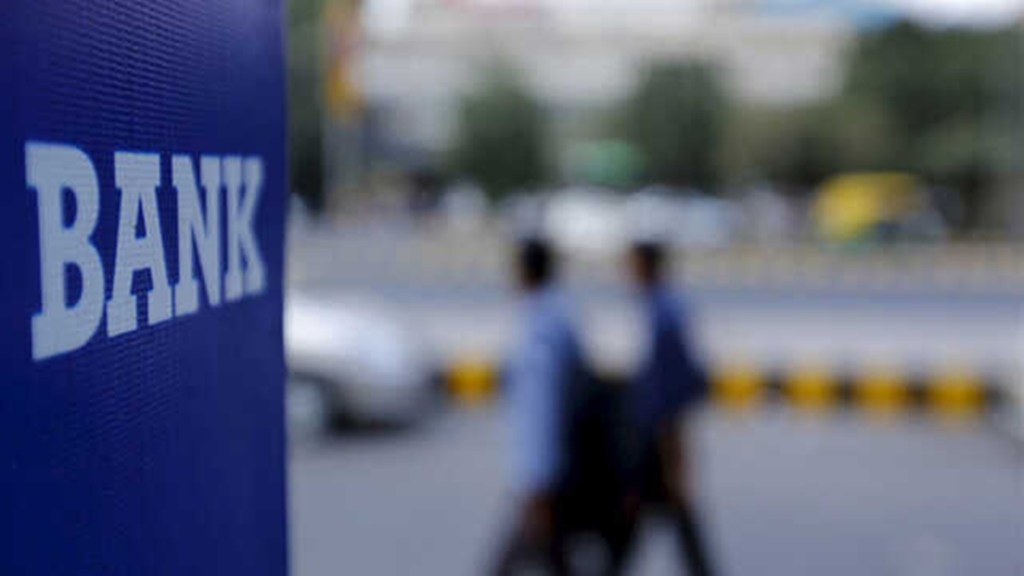Margin pressures were evident in the results of a clutch of banks that announced their Q1FY26 results. This was in line with analysts’ expectations. The sequential fall in the net interest margin (NIM) varied between 1 basis point and 67 basis points across 12 lenders. On an average, the NIM declined 23 bps. The June quarter saw treasury gains helping cushion banks’ profitability.
Sequential decline in NIMs
HDFC Bank’s NIM contracted to 3.35% from 3.46% in Q4FY25, reflecting the faster repricing of deposits compared to assets following the policy rate cuts. Axis Bank delivered a negative surprise due to a one-time provisioning hit, which weighed on its performance. The NIM on a QoQ basis fell by 17 bps to 3.80%.
“Margins are expected to compress a little more in the next quarter. It also depends on RBI’s action and the liquidity in the system,” ICICI Bank’s management said at the earnings call. ICICI Bank’s NIM stood at 4.34%, down 7 basis points from Q4FY25.
Union Bank of India’s NIM declined to 2.76%, down 11 bpas from 2.87% in Q4FY25. “NIMs have come under pressure due to a rapid transmission of policy rate cuts on the lending side, while deposit repricing lags,” said executive director Nitesh Ranjan. “We expect this trend to continue in Q2 before stabilising. For the year, we see a 20–25-bps compression in margins due to the rate cut.”
Credit Growth, treasury
Analysts point out that asset-side repricing is outpacing liability-side adjustments, squeezing NIMs. Weak credit growth, cautious underwriting, and delayed transmission of rate cuts, they say, are exacerbating margin compression across banks.”
“The overall demand has to pick up. We find corporates just waiting and watching. We hope that once geopolitical tension, including US tariff tension, settles down, there will be more growth,” says a senior executive at Union Bank of India.
The corporate loan growth for Union Bank remained modest at around 3% year on year. “Pricing plays a critical role. If we want to grow aggressively, we’d have to compromise on the bottom line. So, we’re taking exposures that provide sustainable margins to the bank,” the lender said on disbursement of corporate loans.
The retail loan growth continues to be sluggish, particularly in unsecured segments where private banks are cautious, while public lenders maintain strength in housing loans.
Meanwhile, treasury performance turned out to be a tailwind. For instance, ICICI Bank reported a 419% jump in treasury income to Rs 1,241 crore, while smaller banks like Bandhan Bank (1,340% to Rs 251 crore), YES Bank (270% to Rs 484 crore), Bank of Maharashtra (99% to Rs 193 crore) and Central Bank (62% to Rs 664 crore) reported handsome treasury gains.
“Yields were lower, leading to good treasury performance across the board,” said Rohan Mandora, associate director, Equirus Securities. “While the credit growth was broadly muted and margin compression visible, the second quarter will be sharper in terms of pressure.”

